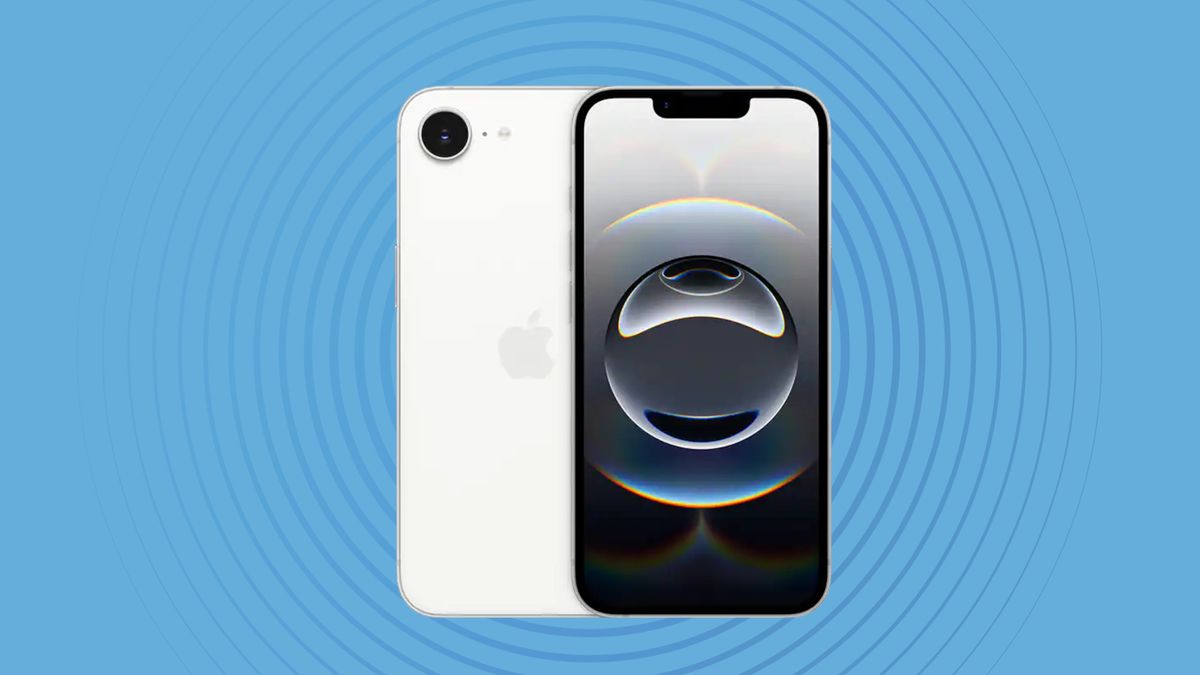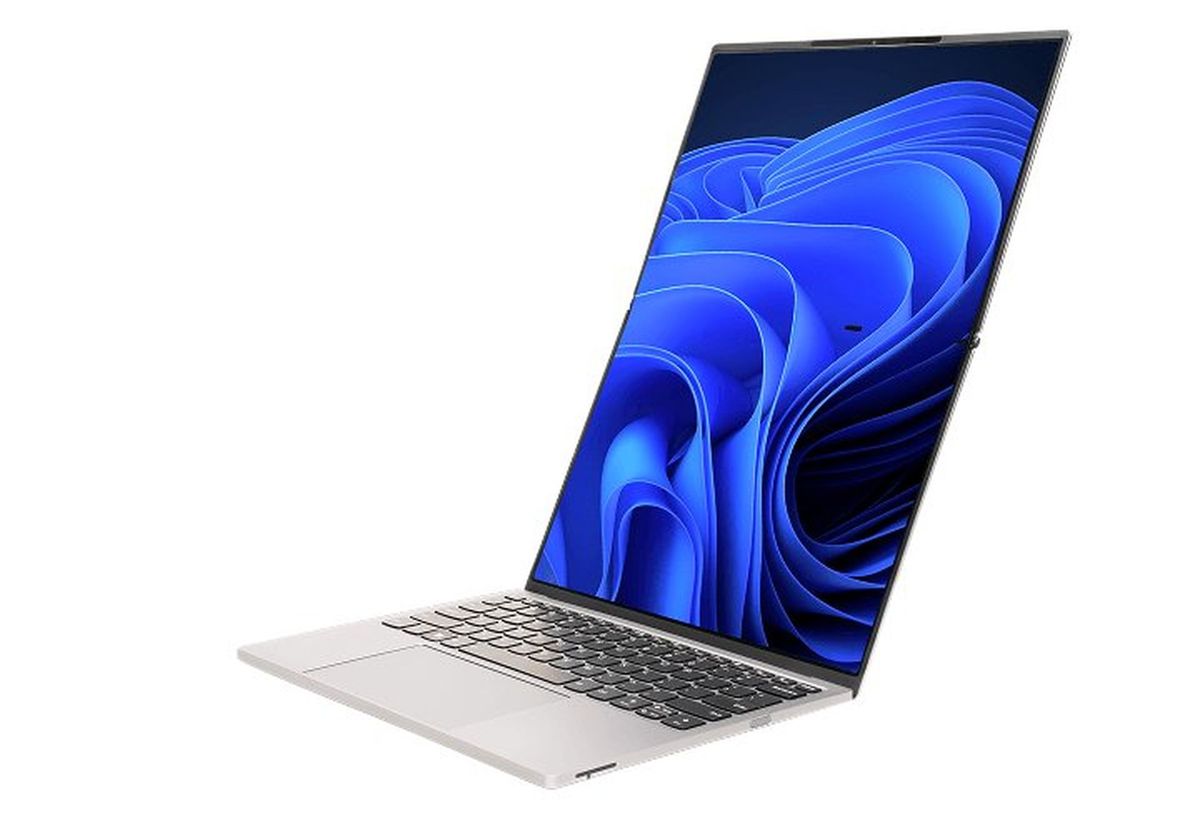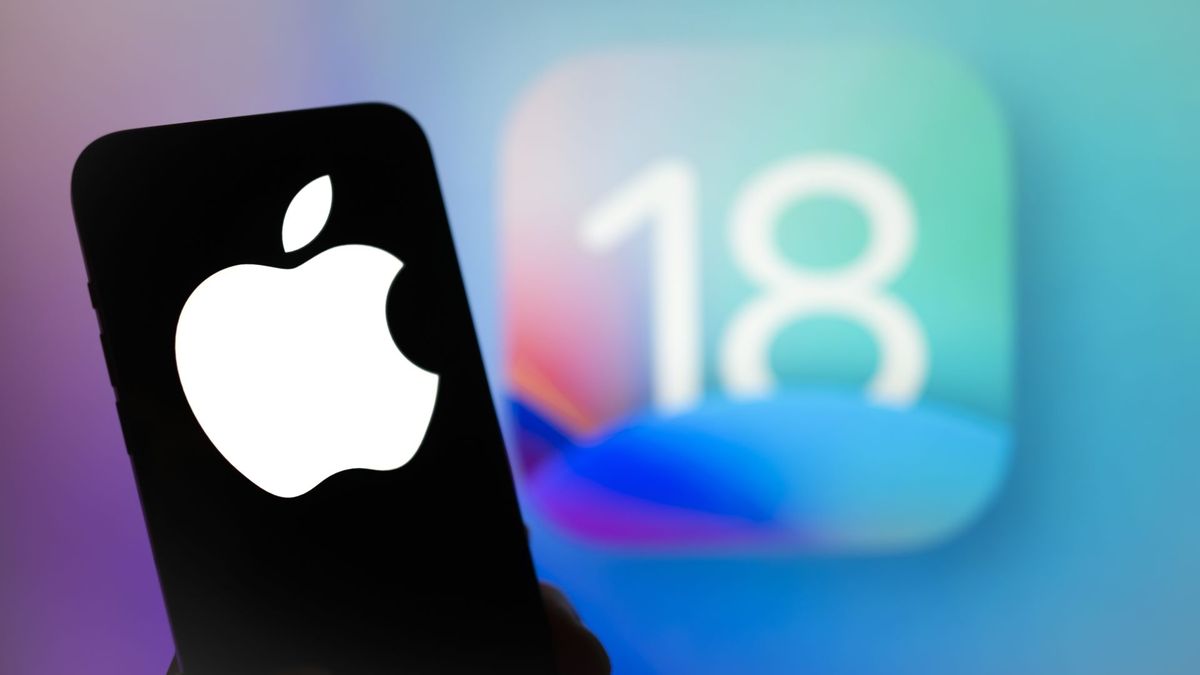- Apple’s new iPhone – the 16e – is the latest member of the iPhone 16 family
- Even with similar looks, there are some missing features
- A single camera sticks out the most, but it also lacks ultra-wideband, mmWave, and a GPU core
While the iPhone 16e is the latest member of the iPhone 16 family, Apple had to rebalance the feature list and hardware inside to reduce the price to $599 / £599 / AU$999. After all, that’s $200 less than the iPhone 16’s starting price in the United States, so some functionality simply had to go.
That’s not to say it isn’t feature-filled, though. The iPhone 16e still gets an A18 processor for swift performance and the ability to run Apple Intelligence. It also pairs with a 6.1-inch Super Retina XDR display, a single camera on the rear, Face ID, and a design that makes it compatible with the iPhone 16, 16 Plus, 16 Pro, and 16 Pro Max.
So what’s missing? Well, aside from losing some connectivity, it’s also a tale of cameras and how you charge the iPhone 16e – let’s dive into it.
One less GPU core than the iPhone 16
Considering it’s more affordable than the iPhone 16, this small tweak with the Apple-made A18 processor isn’t surprising. The iPhone 16e still comes with the A18 chip, but instead of a 5-core GPU like the iPhone 16, it only gets 4-cores. It still features a 5-core CPU and 16-core Neural Engine, so it’s likely this slightly less powerful graphical processing unit won’t make much of a difference in day-to-day usage.
Apple likely created this slightly less powerful A18 chip to keep it within the family. Alternatively, it could have used the A17 Pro chip, which has a 6-core CPU, 5-core GPU, and 16-core Neural Engine, as it did with the iPad mini.
Even so, expect the iPhone 16e to act and perform like an iPhone 16 – meaning that iOS 18 and various apps should run without a hitch.
Last-gen Photographic Styles and one lens
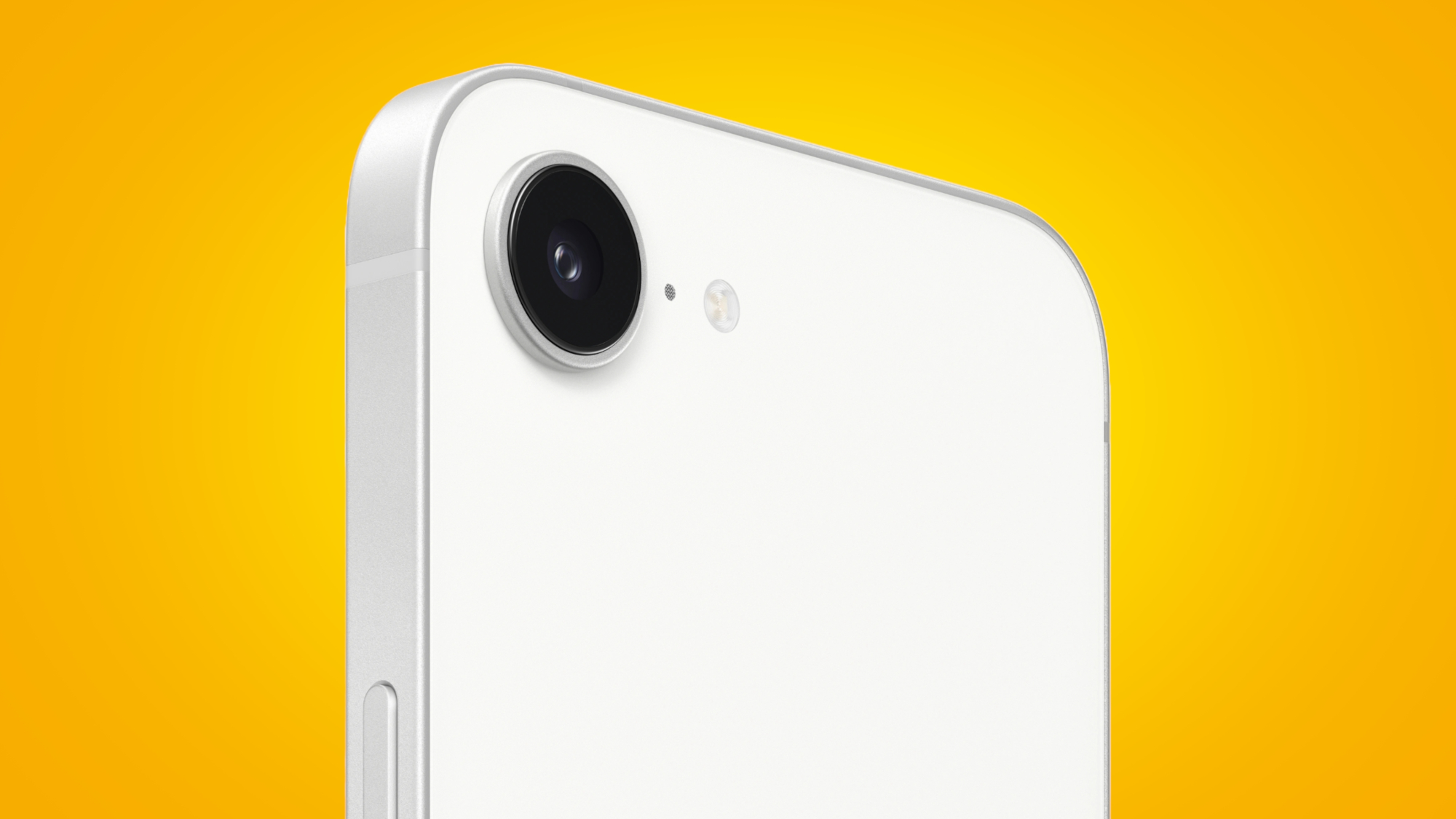
The first thing concerning the camera is fairly obvious – the iPhone 16e simply has one lens, just like the iPhone SE that came before it. Without the ultrawide you’ll be a little more limited in the types of photos you can capture, and it rules out the ability for the phone to take macro shots.
Still, you’re left with a significant upgrade over the iPhone SE third-generation as the main lens here is a 48-megapixel fusion camera that can shoot at 1x or 2x. You’ll have access to edit your captures in the Photos app with the ability to use AI to ‘clean up’ your photos. However, if you want to add your own flare or take to how the iPhone shoots, you won’t get the latest and greatest Photographic Styles from Apple.
This isn’t a deal-breaker, but you won’t necessarily be able to finesse and tweak these to your liking. The other missing piece of hardware is the Camera Control – it’s not here. Though, with the arrival of the Action Button, you could set this to open the Camera app.
MagSafe is missing
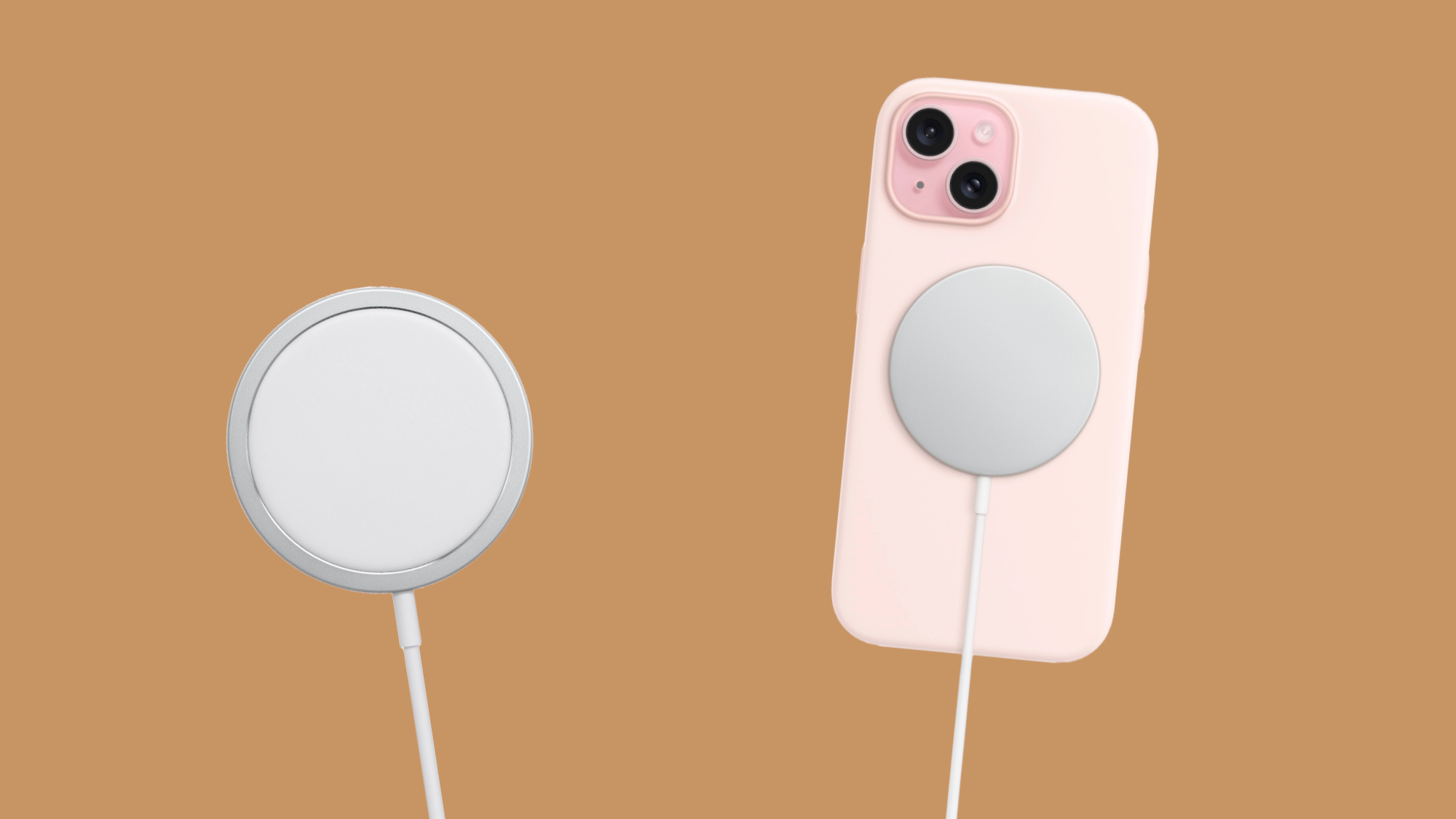
One of my favorite parts of the iPhone, since it was introduced with the iPhone 12, is MagSafe – it makes wireless charging much easier and powers an ever-growing accessory ecosystem. I had high hopes that Apple would have tossed the circular magnetic ring onto its next affordable iPhone, but that’s not the case.
The iPhone 16e simply offers wireless charging using the original Qi standard, just like the iPhone SE’s third-generation predecessor. It can also charge at a maximum of 7.5 watts, which is a bit less than MagSafe or Qi-2.
One potential advantage, though, is with no ring and a slimmer charging coil, Apple might have been able to use a bigger battery cell inside. Apple promises up to 26 hours of video playback, which tops the iPhone 16.
No mmWave or ultra-wideband connectivity
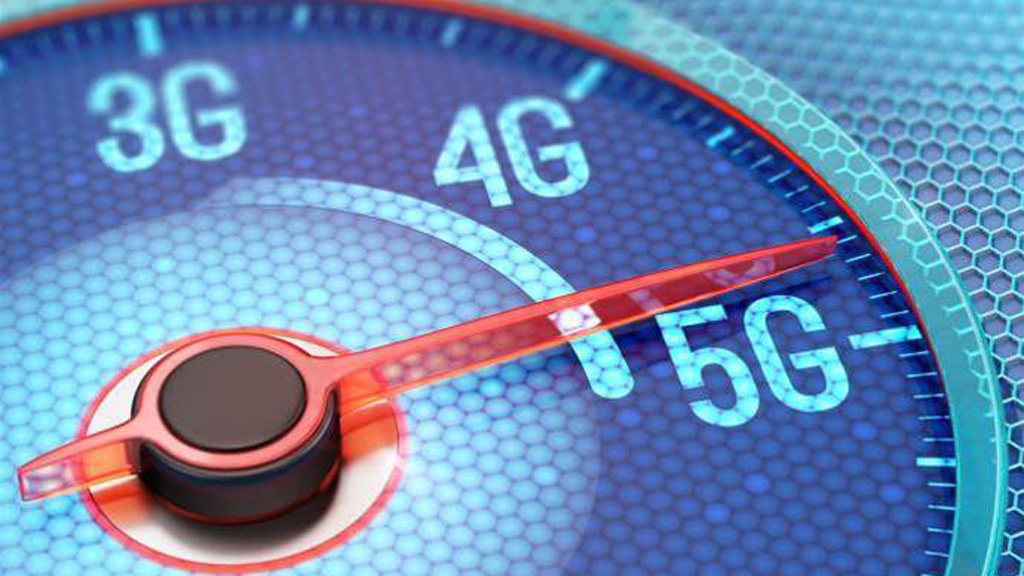
Lastly, regarding the significant things missing, the iPhone 16e only supports 5G Sub-6 Ghz. This means this iPhone can’t connect to the mmWave spectrum for potentially faster speeds. The iPhone 16 supports this, but it’s worth noting that Apple is keeping this commonality with the previous iPhone SE.
A larger missing form of connectivity here though is Apple’s second-generation ultra-wideband chip, which enables things like Precision Finding with AirTags or newer AirPods and is also being used by some forthcoming smart home gadgets like door locks. This a strange omission, though it’s likely done to reduce costs and separate the iPhone 16e from the iPhone 16.
While the iPhone 16e supports Bluetooth 5.3 like the iPhone 16, it only rocked Wi-Fi 6 versus Wi-Fi 7. Thread connectivity is also missing here.
Only two colors
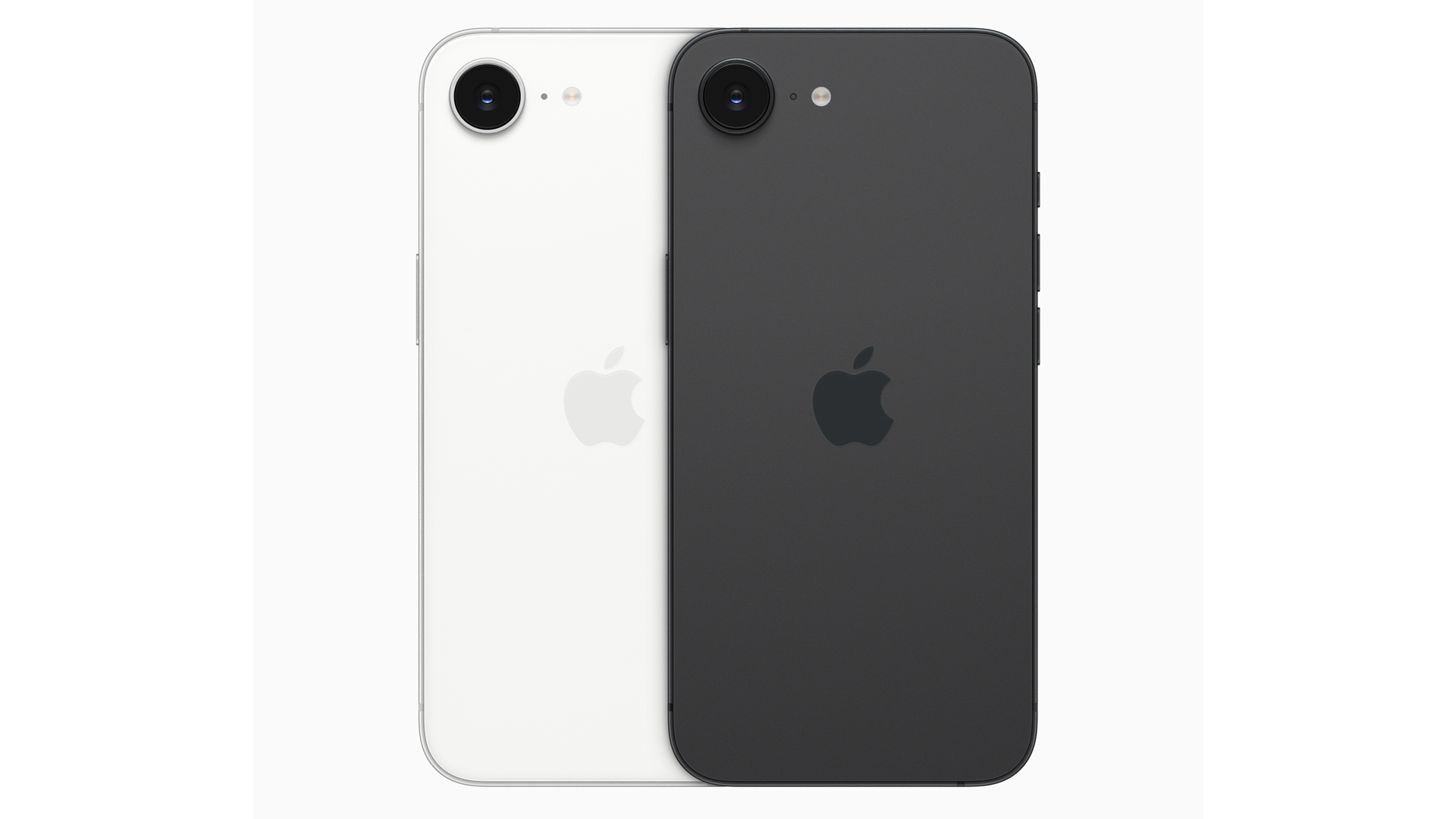
One of my, and many others’, favorite parts of the iPhone 16 lineup was the standard and Plus colors. Simply put, they were delightful, fun, and vibrant – truly adding some flare to the iPhone and allowing you to pick the one that matched your personal style.
For those who wanted to see an Ultramarine or Pink iPhone 16e, though, that’s not happening … at least at launch. The iPhone 16e only comes in black or white, both matte options.


